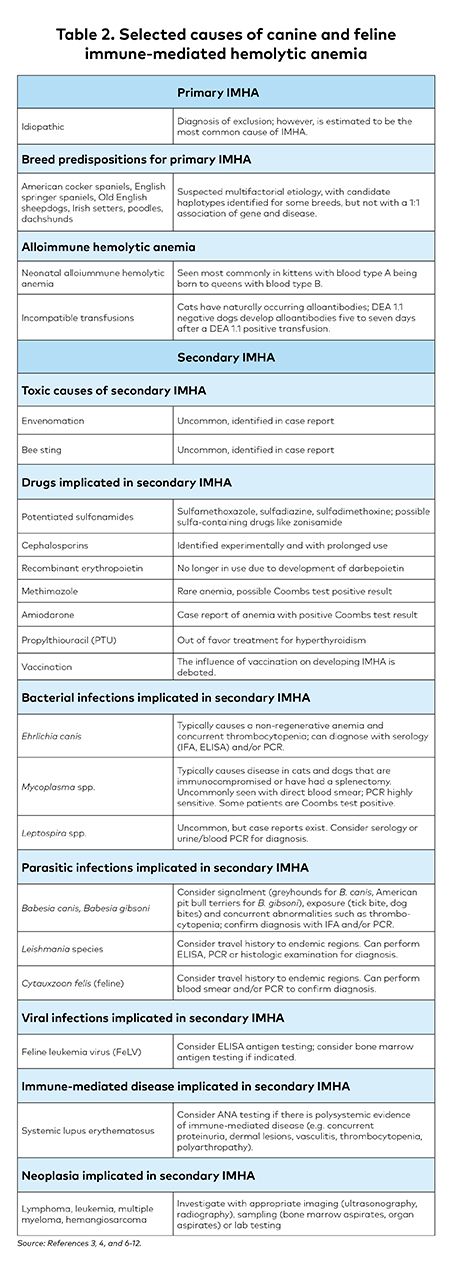
Note, that splenic relaxation (anesthetic agents, tranquilizers) can result in an apparent anemia due to sequestration of RBC in the spleen (up to 30% of RBC may be sequestered in the spleen). Packed cell volume (PCV), which is readily measured in clinical practice, can be used as a surrogate for hematocrit (a calculated value from the mean cell volume and red blood cell count) and hemoglobin concentration, which are provided by automated analyzers.

Failure of erythrocytosis to occur in other patients of this group was associated with impaired erythropoiesis due to a deficiency of hemopoietic nutrients such as iron, vitamin B12 and folate.

Similar investigations revealed mild erythrocytosis in a significant proportion of patients with hyperthyroidism. These changes in erythropoiesis in the hypothyroid state appear to be a part of physiological adjustment to the reduced oxygen requirement of the tissues due to diminished basal metabolic rate. Plasma erythropoietin levels were reduced, often being immeasurable by the polycythemic mouse bioassay technique.

Erythroid cells in the marrow were depleted and also showed reduced proliferative activity as indicated by lower 3H-thymidine labeling index.

The erythrokinetic data in hypothyroid patients provided evidence of significant decline of the erythropoietic activity of the bone marrow. The presence of anemia in many of these patients was not evident from hemoglobin and hematocrit values due to concomitant reduction of plasma volume. A majority of patients with the hypothyroid state had significant reduction in red blood cell mas per kg of body weight. Qualitative and quantitative studies of erythropoiesis in 23 patients with hypothyroidism and 21 patients with hyperthryoidism included routine hematologic evaluation, bone marrow morphology, status of serum iron, B12 and folate red blood cell mass and plasma volume by radioisotope methods, erythrokinetics and radiobioassay of plasma erythropoietin.


 0 kommentar(er)
0 kommentar(er)
